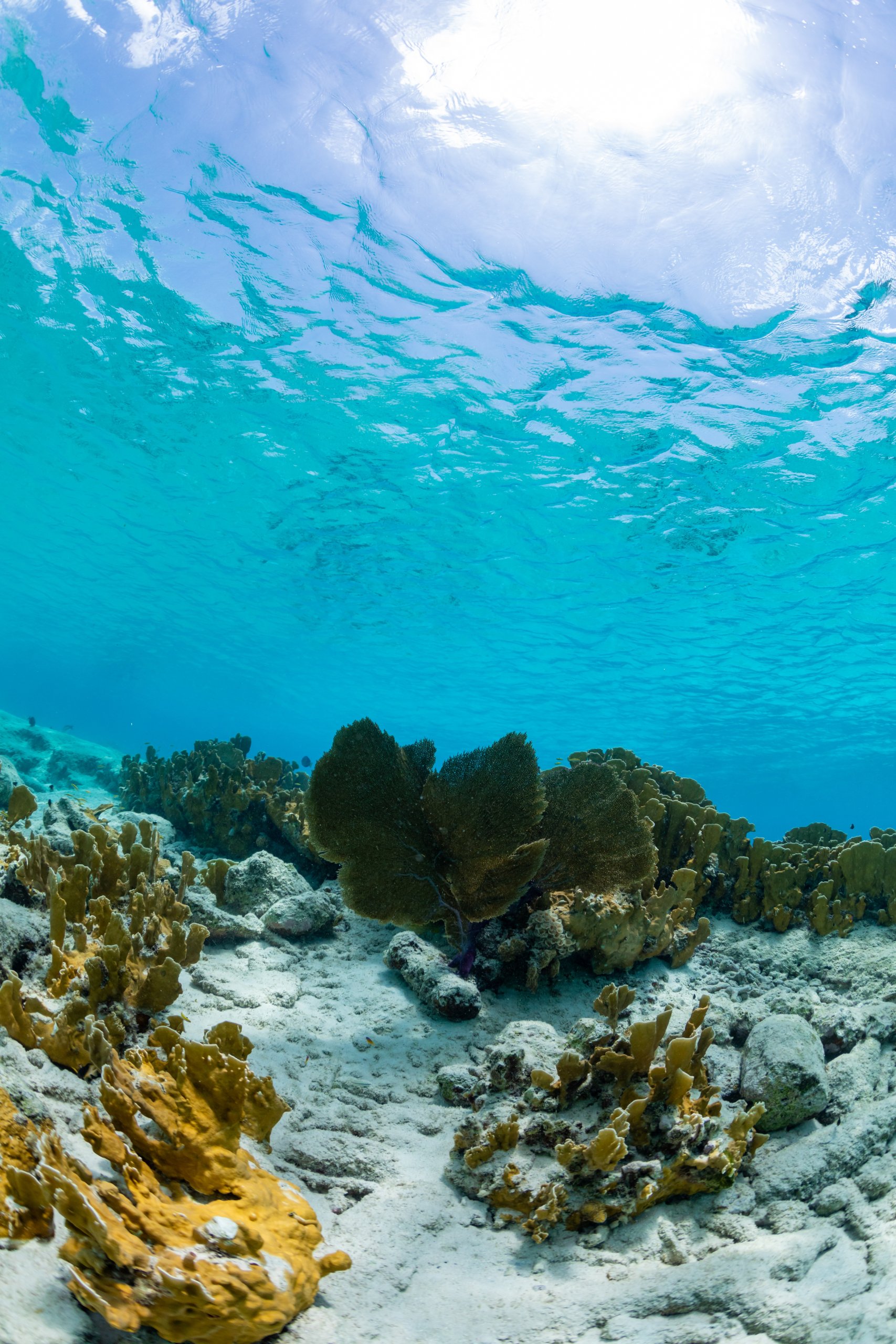Fisheries have complex ecological impacts, beyond the species they target. Often unintended, these may include the accidental capture, or bycatch, of sensitive species, and disturbance to marine habitats. Marine ecosystems are also vulnerable to other human pressures and are affected by things such as pollution and climate change. ImprovIng our knowledge of these pressures is key to broadening our understanding of which management strategies might mitigate their effects.
Carried out under our Ecological effects of fisheries theme, this report summarises work by SEAwise on the ecosystem impacts of fishing and outlines key findings – from indicators to maps – for integration in the SEAwise EBFM Tool.

SEAwise research
Our research on this theme focused on four main topics:
We compiled the modelling tools available to produce a set of ecosystem indicators and measures relating to fishing impacts across each of these four themes, and tested them by answering the following five questions:
Results
For all four fisheries ecosystem impacts – bycatch, benthic impacts, food webs, and marine litter —it was possible to produce a time series and map them, which could be applied in a broadly consistent approach across all four of our case study regions. However, producing a time series for bycatch was limited by available survey data and at present only some models are able to map food web impacts.
In terms of calculating sustainable thresholds this could be achieved for bycatch (PETS), however threshold values for other impacts are limited. For benthic impacts no thresholds for relative benthic state (RBS) have been identified, but suggestions of no more than 25% of any habitat being impacted above an RBS greater than 0.8 (high seabed impact) has been proposed. No threshold values were available for litter abundance, but targeting no further increase in marine litter was agreed upon. There are currently no agreed upon thresholds for food web impacts.
Determining and separating ecosystem impacts of different fishing gear types was possible for bycatch, but only for a few passive gears. It is possible to calculate gear specific impacts for benthic impacts and for the food-web indicators, though work is still to be done in order to get to this stage. However, it is not currently possible to allocate marine litter to a specific fisheries gear source.
SEAwise will next outline the strengths and limitations of the different impact indicators and set out the next steps for modelling these impacts across all four of our Case Study regions, these findings will feed directly into the SEAwise Toolbox and Tool.
Read the full report here.
Stay up to date with SEAwise news and research, hear about upcoming events, and receive updates on fisheries news from across the European seascape.